This is the third in what will now be the Maker Monday series, where I chronicle adventures in problem solving, building things, and doing off-beat industrial art projects. You can read the first installment here. This is an image-heavy post and exceeds the capacity of certain email providers. To get the full effect, read this post on the web at http://jdanielsawyer.substack.com
Treasure at the Ghost Mine
Once upon a time, back in the Old West, a mine train ran through the mountains. It ferried supplies to the mine and took gold and other precious minerals away to market.
The gold mine and the industries that supported it created a boomtown away off in the mountains hundreds of miles from the nearest population center. Rough men from across the West were drawn to the town for work, and soon after women came, seeking to make their fortune providing services to the men that only women can provide.
Enterprising preachers came as well, hoping to build themselves careers saving souls while preaching against the vices of the rough men. Ranchers ranged cattle across the mountains above the mines, and they—along with hunters and smallholders—fed the men who worked the mine. Distillers and brewers took the produce of the farms and made the beer and booze that kept the men merry, while loggers built small saw mills along a nearby river to supply the mine and the town with the timber and fuel it needed to scrape a living from the rugged living rock of the fossil-bound mountains.
As time passed, the gold began to dry up. The apple orchards that produced the applejack were left to go fallow, tended chiefly by deer. One by one, the mines closed, and with them the heavy industries that supported them. The network of boomtowns started consolidating, leaving ghost cities everywhere but the main valley where most of the farming happened, and where the mill drew its power from the river.
The railways stopped running, and their land was sold off, and the tracks pulled up by the new owners to build equipment for their own smallholder operations.
At the end of the boom, what had once been a thriving western metropolis became a sedate small town, tucked away in the mountains, all-but forgotten by history except for the occasional “historic site” markers that seemed to grow out of the ground to be swallowed up by the berry vines and forage-grass, like the forgotten apple trees before them.
I went exploring near one of the old ghost towns, and I discovered a treasure in the grass:
I picked it up and took it home and held onto it. This was a piece of history—over a hundred years ago it was a vital part of the operation of that old west boom town. It needed the right project to be a part of.
The Mission
Then, a friend of mine who had been an incredible help to me during a very difficult year hit a stressful patch of her own. She’d put a smile on my face and a spring in my step when I needed it—it seemed only proper that I return the favor.
She has a weakness for all things Halloweeny—which means ghosts, monsters, jack-o-lanterns, and skulls. What better present for a spooky-season enthusiast than a functional Halloween-themed household decoration made from the remains of a ghost mine train?
The Prep
Since I wanted to make something that could be useful all year round instead of just during the Halloween season, something cute rather than terrifying was in order. And, after consulting the intended audience, I settled on a jack-o-lantern as the basis of my design.
There was, however, a catch…
To turn this into something with personality and character, and yet which retained a touch of its archaic feel, I was going to need to so something I’d never done before…
Sculpting.
With the exception of a bit of pottery and some whittling, I’ve never done anything like sculpting before. The closest I’ve gotten is making 3D models for movies and book cover art.
Yeah, I’ve built buildings, and carved the occasional bit of lettering. I’ve even made useful things out of metal, like those truck tie points, that had a certain visual flair.
But “visual flair” is not in the same league as “take this hunk of material and turn it into something that reminds you of a real-world object.” I was taking a bit of a risk with this antique, so I checked to make sure that, if I wound up botching the sculpting part, I had the tools to rescue it via engraving.
So I had my work cut out for me. First part of that work?
Figuring out what tools I needed.
Tooling
Although steel is found in rocks, one doesn’t generally treat it like it’s a rock. It bends, and when you heat it up it behaves a bit like stiff play-dough. The analogy is so good that blacksmiths-in-training sometimes practice with different smithing tools on hunks of play-dough or modeling clay. Want to know how your steel will respond to a round hammer vs. a flat hammer vs. a cross-peen hammer? Press it into a wad of the squishy stuff. Same with fullers, dies, stamps, butchers, and all the other fun shapes of cold iron that we smash against the hot metal.
Even so, the tools you use for sculpting hot steel don’t look a lot like what you’d use to sculpt designs into a pot before firing it—they look a lot more like what you might use to carve rock.
That right there is that part of the inventory of interesting chisels and punches (amassed from garage sales over the last couple years) that I thought might come in handy for sculpting a jack-o-lantern out of steel. You can see sharp edges, rounded edges, sharp points, square broaches but there’s one shape that’s essential to a classic jack-o-lantern face that you don’t see:
A triangle.
I didn’t want to have to give up, so I heated up a sacrificial piece of steel and tried the square chisels a few times to see if I could make a triangle with it by punching down diagonally with a corner.
It didn’t work. The square broaches were too short for me to handle them with that much delicacy next to 1500 degree steel, and when, after a dozen attempts, I did start getting good consistent corner-strikes quickly, I didn’t produce triangles, I just got pyramid-shaped pits.
So I was going to have to go out and buy a new punch, which isn’t something I could really justify spending money on when in the midst of a big financial scramble, so that was all she wrote for what should have been a interesting project…
Hold on, I thought. I have a metalworking shop. I have metal. I know how to harden steel. I know how to shape steel. So why don’t I make my own triangular punch?
I couldn’t think of a good answer, so I grabbed a piece of rebar and ground the end down to a triangular point about the size of a BB.
I also made sure to give it a ten inch handle so my fingers would stay well away from the blazing hot steel.
With my tooling done, it was time to get cracking.
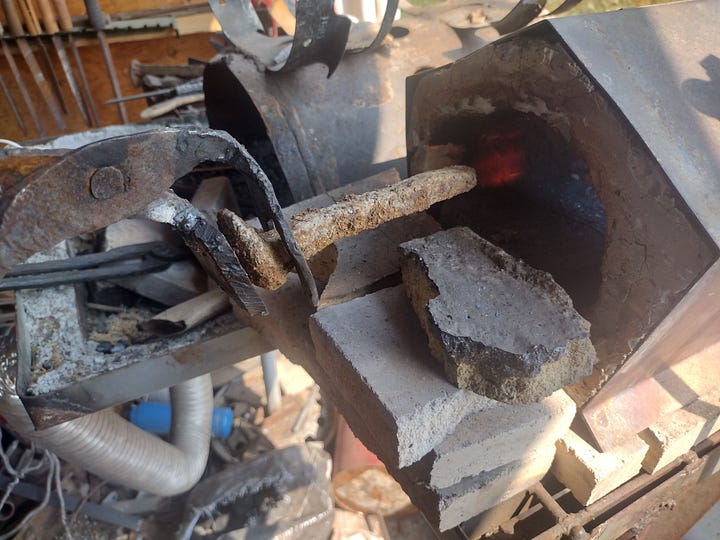

Into the forge the workpiece goes! The fire burns off the rust quite nicely, letting me knock it off with a block brush. Normally I’d just hit it with a wire wheel from the grinder, but this is over a century’s worth of rust and weathering, and the stuff was coming off in clumps as it was. The metal underneath was going to be pitted like the face of a teenager—with something that bumpy, the wire wheel will take forever to clean it up. The heat and the block brush, on the other hand, knocked all that crap off in about five minutes (and most of that was just waiting for the piece to warm up).
Once it was clean, it looked kind of like the surface of the moon.
It was at this point I had to stop and have a serious think.
However insignificant, this thing is a piece of American history. If I was going to make something else out of it, I needed to figure out how to leave some flavor of the original piece. That pitted, ancient finish was the thing that appealed to me most, so I decided to aim for a very rough finish on the final piece, and to be sure to leave at least a couple corners with the original texture on it, unmarred by my hammer work.
My homesteading partner and I are currently seeking gigs for editorial, layout/design, voice over, audiobook narration, and strategic consulting work. Additionally, if you’re looking for a tutor for a student struggling with history, English, creative writing, or psychology, I’m available for hire.
Or you can help out substantially by joining me here as a paid subscriber.
Shaping the Steel
Despite my desire not to use the grinder on this project (it’s loud and dusty, and I’m a happy guy when I don’t have to breathe dust or put my earplugs in), here I ran into the need to use it. To get a pumpkin head on this thing I would need to double-up the steel on the head end. That meant forge welding the spike’s head to the shaft.
Forge Weld, n. Joining two pieces of metal together by warming them to just-below their melting point and bashing them together.
Forge welds require clean, flat surfaces. The higher grade the steel, the more pristine the surface has to be. Fortunately, railroad spikes are made of relatively cheap steel (i.e. they’re mostly iron with only a tiny bit of carbon and other alloying elements). I didn’t need to do much, but I did need to do something. So, it was time to bust out the grinder and do a half-assed job of grinding down the mating surfaces.
After the grinding, I threw it into the fire again until it was the color of butter—around 2000 degrees. Once it was on the verge of breaking down, I pulled it out and bent it double. I wish I could say I shaped the head and set the welds in one pass, but I didn’t. Forge welding is still pretty new to me, and my technique leaves quite a lot to be desired. It took four tries.
But I did get it welded.
Hallelujah, the weld took! Just to be sure, I let the piece cool off and brushed it to check the seams—and, like a dummy, I didn’t take a picture at that stage. What I was looking for was a lack of visible seams, which would tell me that the molecules of the two surfaces had successfully penetrated each other and knit together like the ends of a healing bone.
Satisfied that I had a good weld, I now needed to somehow get this round-headed thing into the shape of a pumpkin. I figured that if I could isolate a bit in the middle for the stem and push the bulk of the top of the metal circle outwards, I’d get that heart-on-a-string shape that pumpkins resemble. I wouldn’t have to worry about the bottom, since it was integrated into the shaft of the spike.
But a problem presented itself:
All my flat chisels were too sharp, and they wanted to cut the steel. I needed something that would displace the steel, not cut it.
A trip to my scrap pile furnished the answer: another railroad spike. This one is piece of a lot I bought for the purposes of making hooks—or it was. Now it’s officially a sculpting chisel.
I heated the work piece to a nice cherry red (about 1500 degrees) and set it in the vice, and then got to the business of moving the metal.
Cutting the stem in worked surprisingly well. A few taps, a careful examination of how the metal was moving, a quick change of angle to push the developing lobe out, and it worked! I repeated the process on the other side, then did some final tweaking to get the two sides closer to even.
My confidence refreshed, I re-heated the piece and started cutting the face in.
It almost went splendidly.
The mouth wound up looking a little manic and lopsided, but it still seemed to me to qualify as “charming.”
I moved on to the body.
Here I had another choice to make:
What kind of hook was this going to be? Something for keys? Something for coats? One hook? Two hooks? Red hooks? Blue hooks?
Well, since it was already developing a personality, I figured some appendages would be in order to accentuate the sense of manic glee I fancied I saw in the face. I used the grinder to split the shaft in two, giving the little guy a pair of legs.
Then, after a couple heats to punch holes for the screws to hold it on the wall (which wound up being suitably off-kilter, adding more to the manic glee) and isolate each leg…
I flattened the ends of the two “legs” out into “feet” and worked on drawing out each leg (i.e. squishing them out so that they got longer). I figured I’d make them into little hands which could stick up as creepy little fists.
Unfortunately, my lack of experience failed me here. I should have made another flat chisel with a much narrower point. The one I had available was just too big for such a small piece of steel (those feet are about half an inch wide, while the chisel tip is an inch across). The result dashed my hopes of doing either something finger-ish (or, my backup, leaf-ish).
I pounded it flat and tried again a couple times, but the steel was getting thin and I wasn’t getting any better, so I decided just to pretend it was incidental texturing and move along with the project.
I rounded the “legs” out, curled the “feet,” and bent them into position, giving me a nice little two-prong hook capable of serving either for keys or coats. I finished it in paste-wax and a temper-color gradient (deep purple at the top, fading through the gradient to light straw at the bottom—unfortunately, the colors don’t come through accurately in the photo).
And voila! He’s done!
Wrap-up
So, in terms of goals, my dreams of aesthetic perfection were dashed, but I did wind up with a charming piece that preserved the original surface texture on the edges of the face and on the back of the head piece. I wound up with a Halloween hook that will last handsomely for another hundred years. I can give a good friend an extra smile during a stressful time, and I got to stretch my skills substantially in the bargain.
A ghost mine train spike hook with a jack-o-lantern face? Seems like a good Halloween trinket to me!
The eagle-eyed among you will notice that this isn’t the post I promised last week. I haven’t quite finished that project yet, but with any luck that project will be finished by next week.
Meanwhile, if you’re looking for fresh stories, you can find my novels, short stories, visions, and dreams (along with some how-to books and literary studies) by clicking here.
When not haunting your Substack client, I write novels, literary studies, and how-to books. If you’re feeling adventurous click here to find a ridiculous number of fiction and nonfiction podcasts for which I will eventually have to accept responsibility.
This column is a big part of how I make my living—bigger now due to recent exciting events which you can read about here. Because of this, I’m offering a 20% lifetime discount off the annual subscription rate. If you’re finding these articles valuable, I’d be honored to have you join the ranks of my supporters!

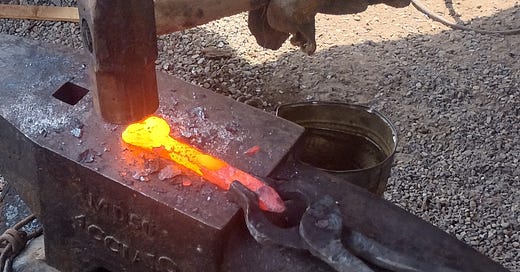



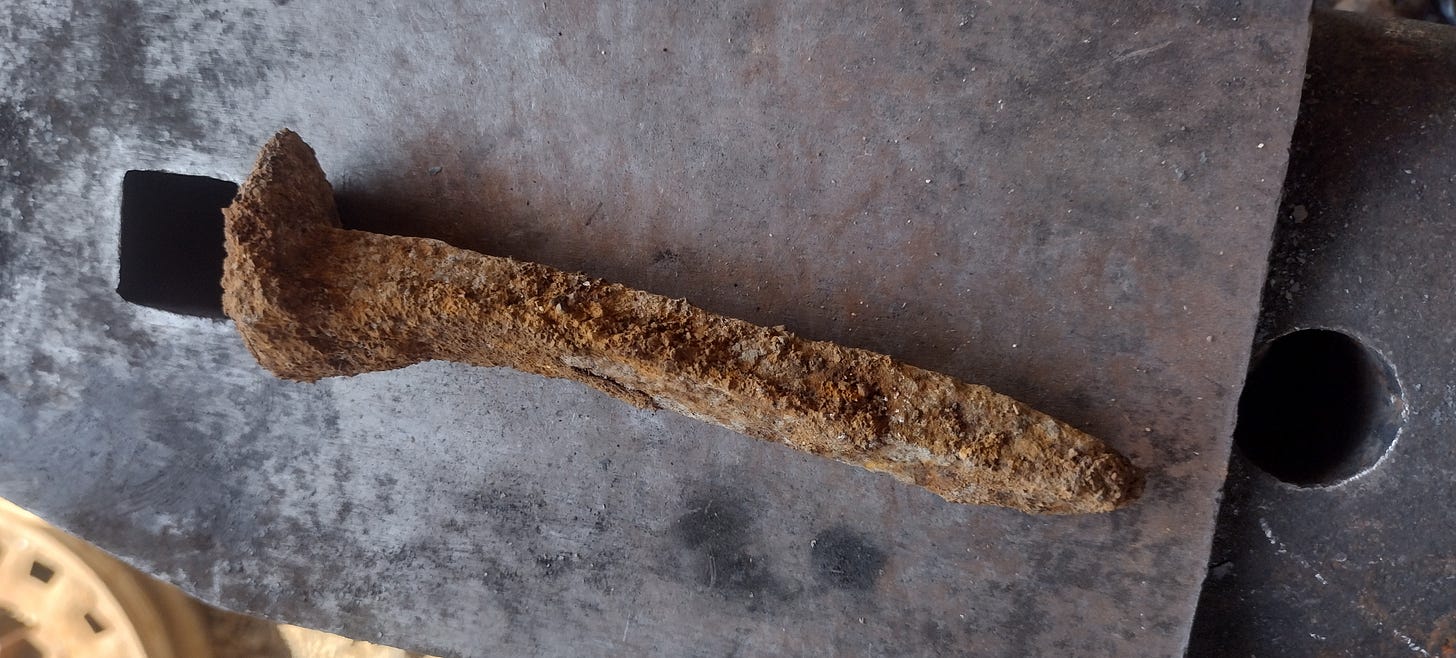

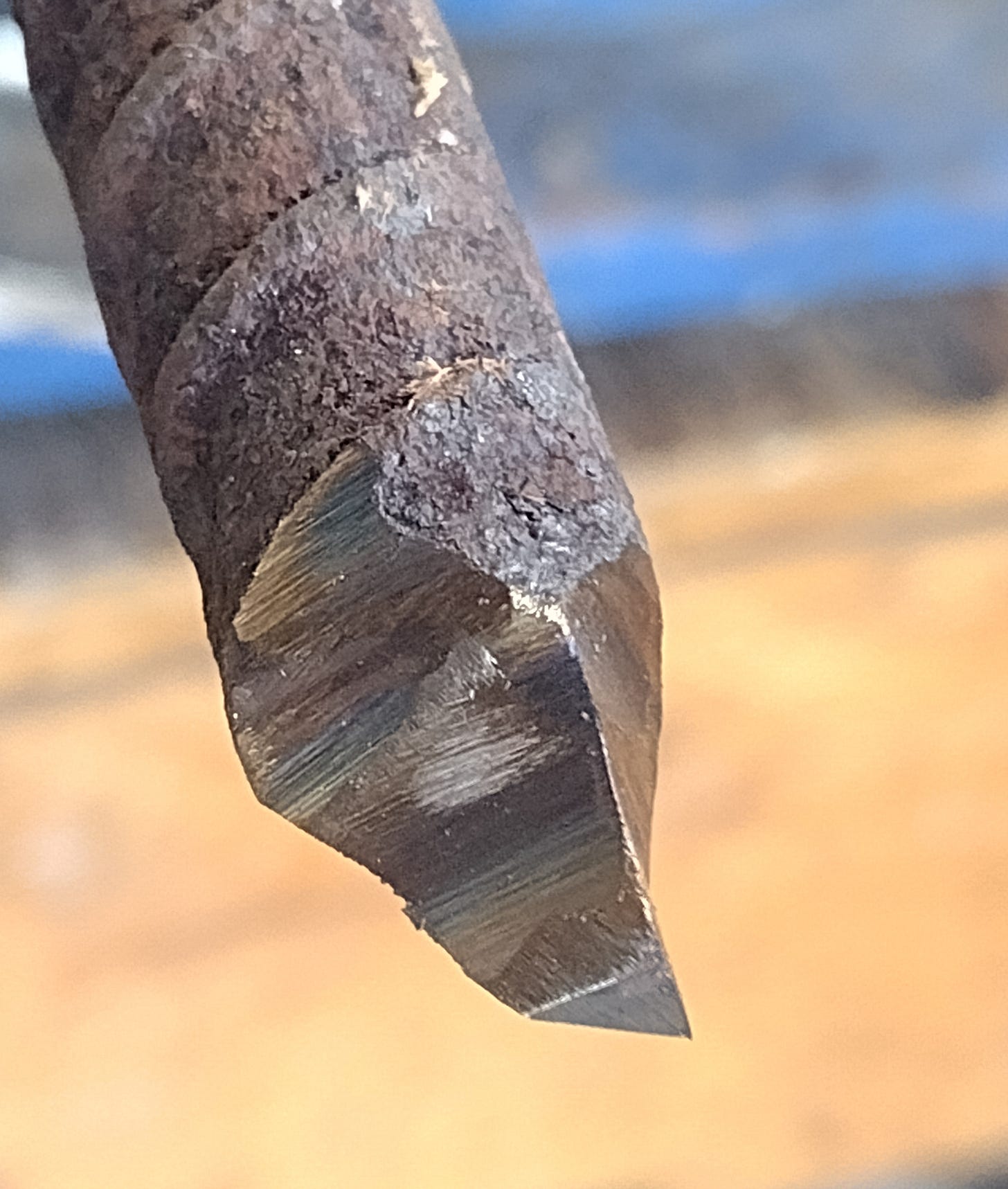



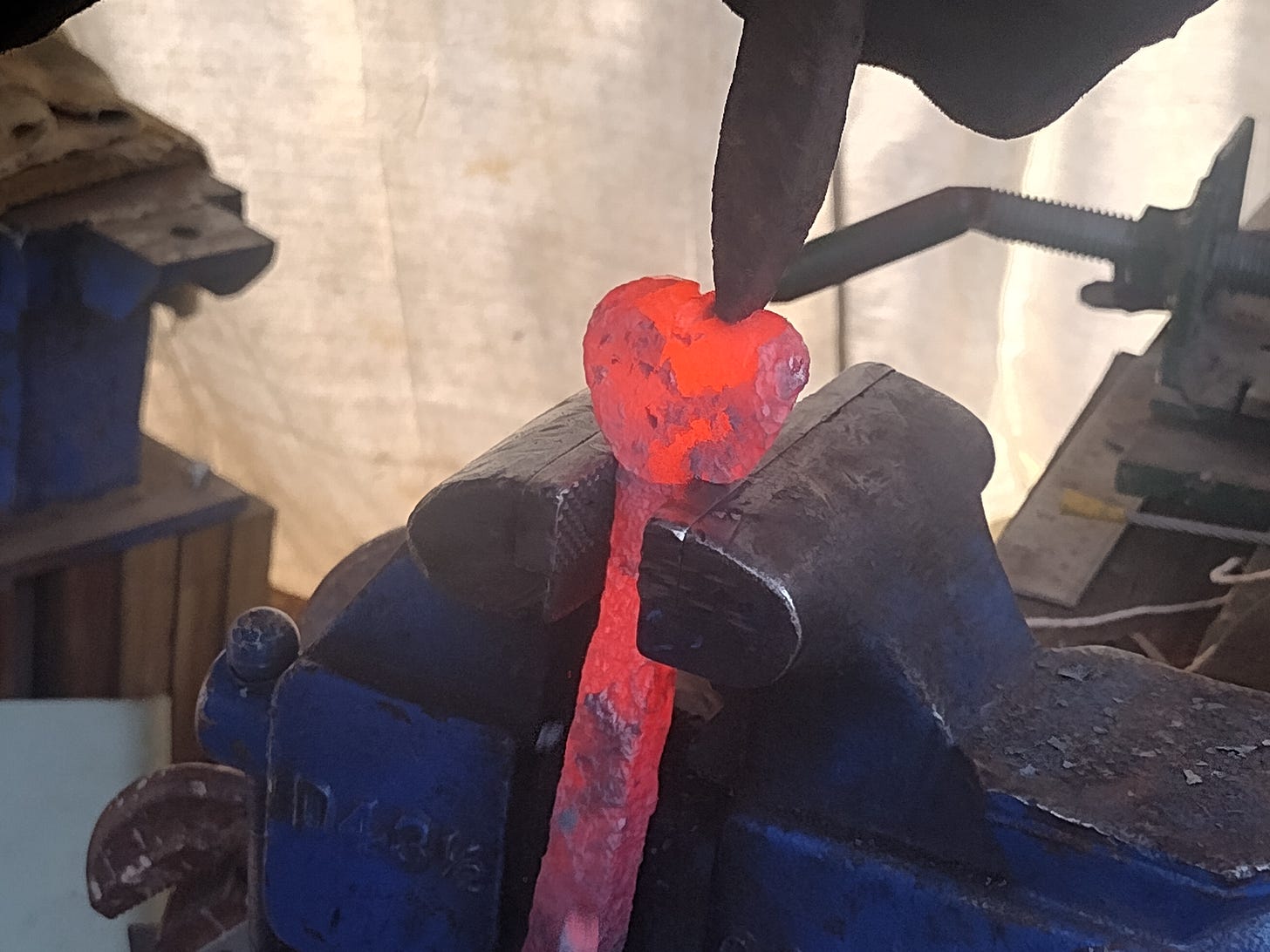

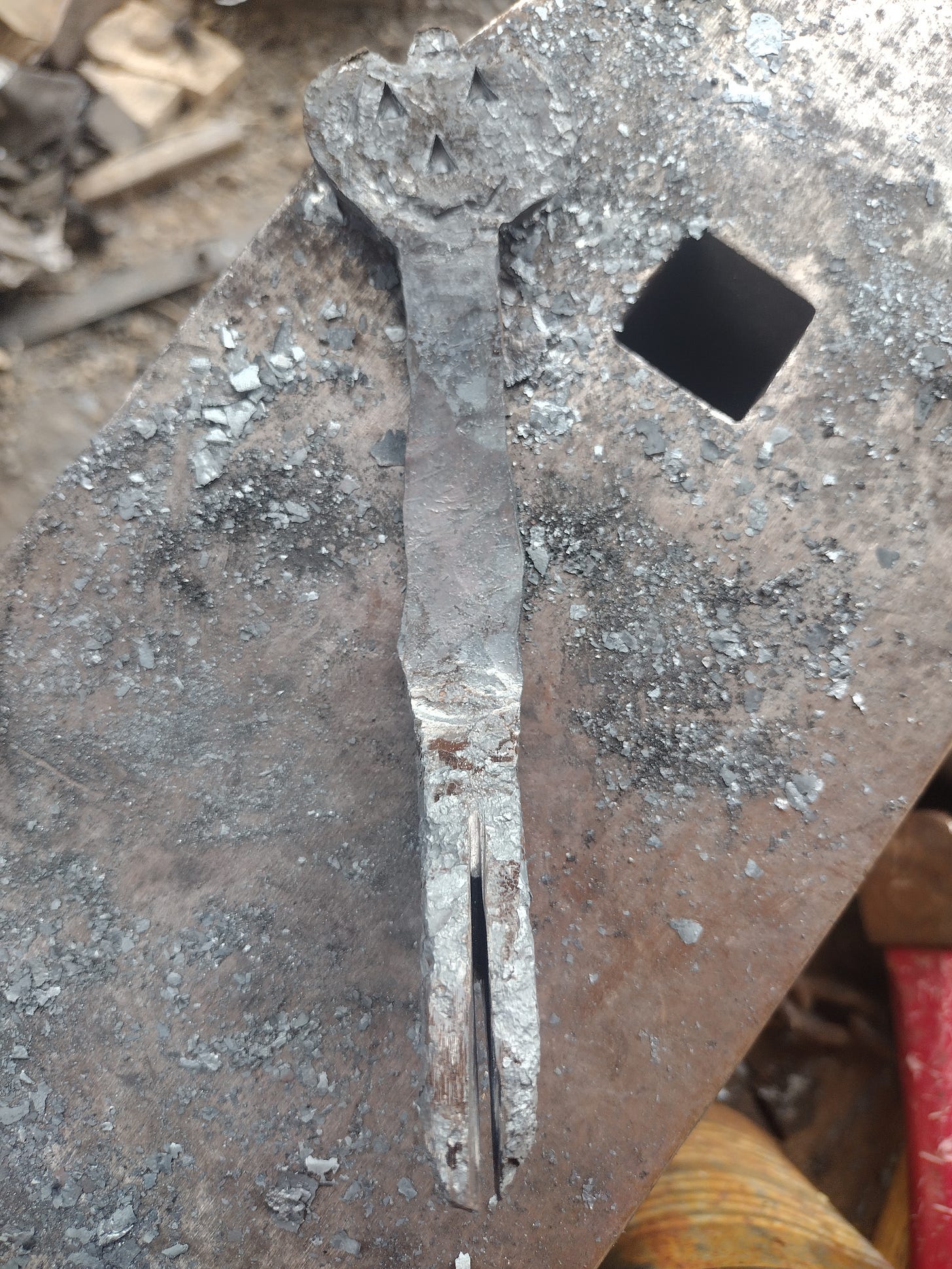
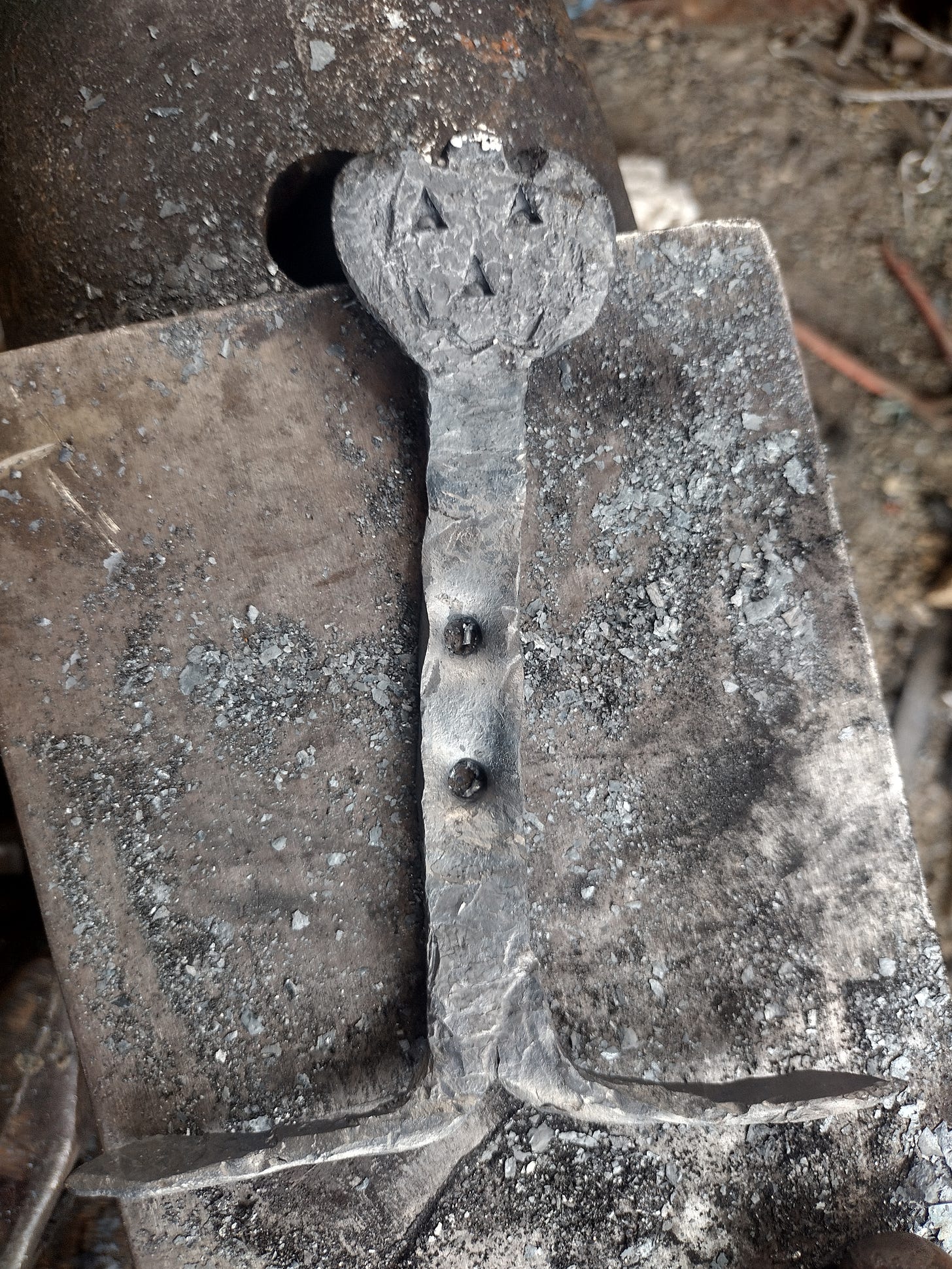
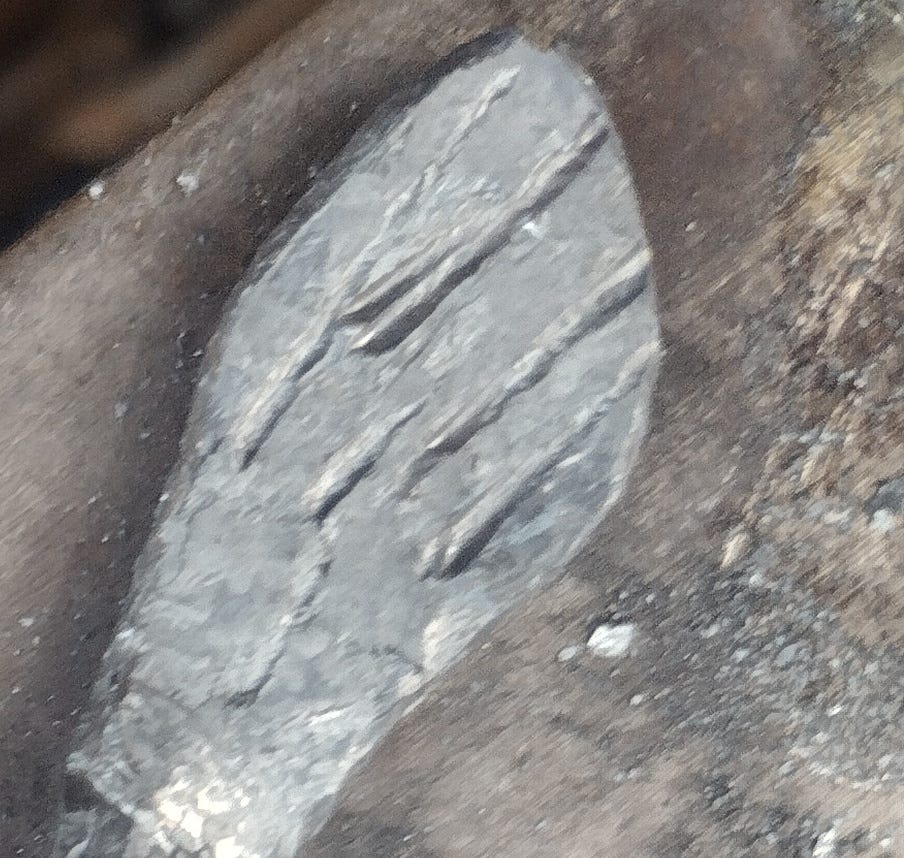
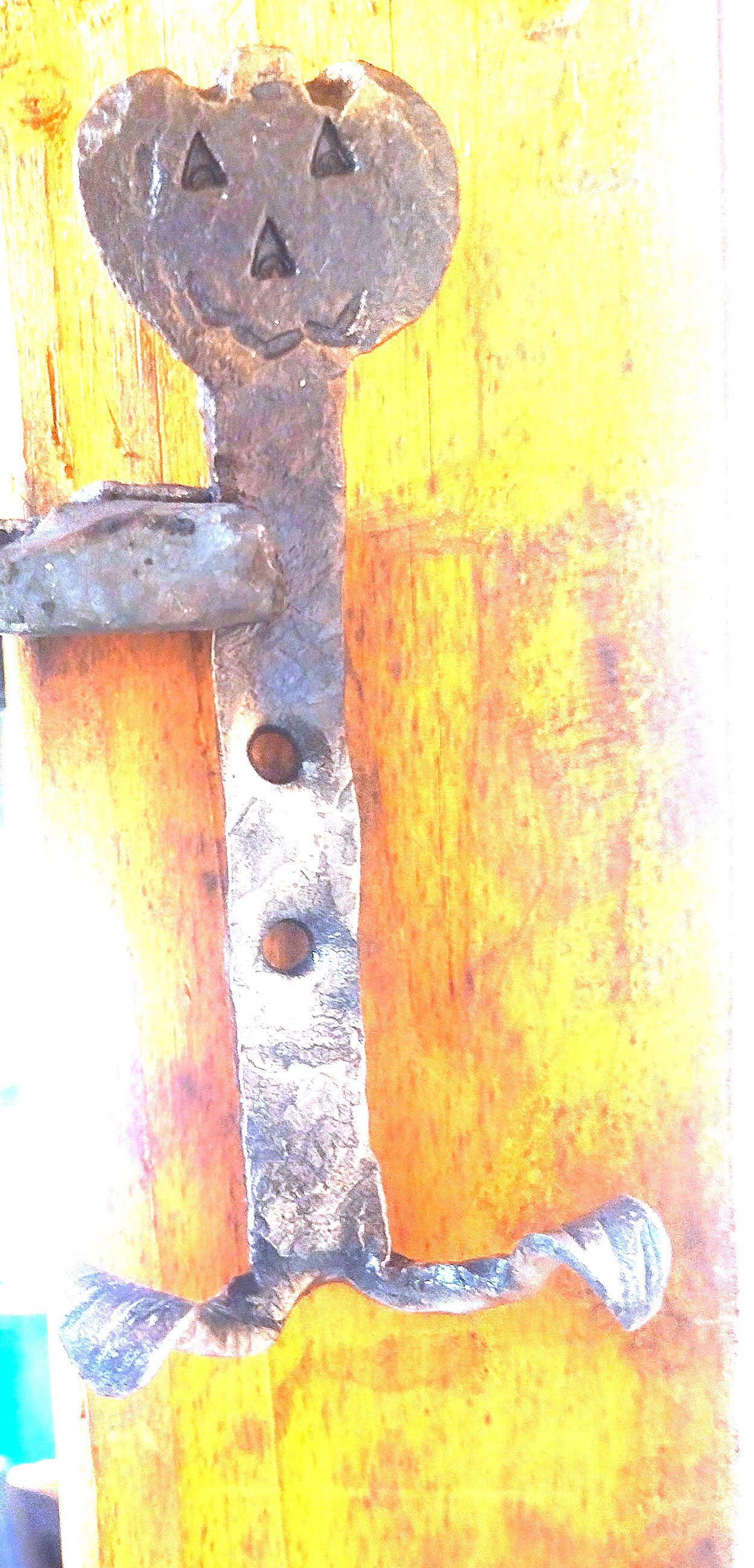
Really cute! I'm jealous. Old things make me 😁
AHHHH I love finding ancient relics💖💖💖